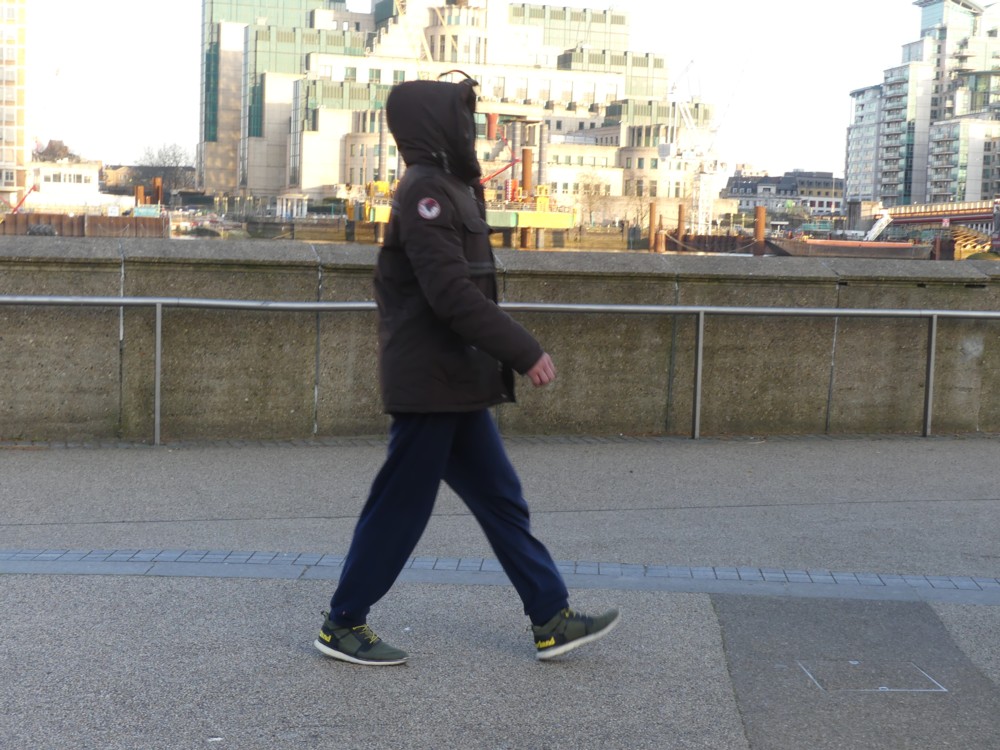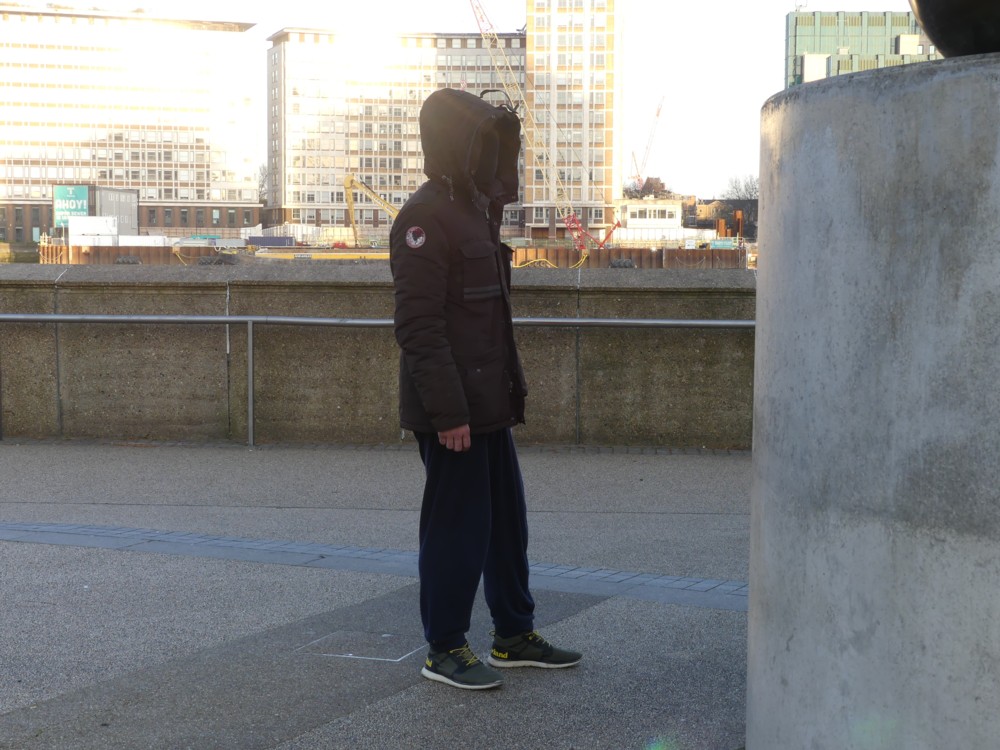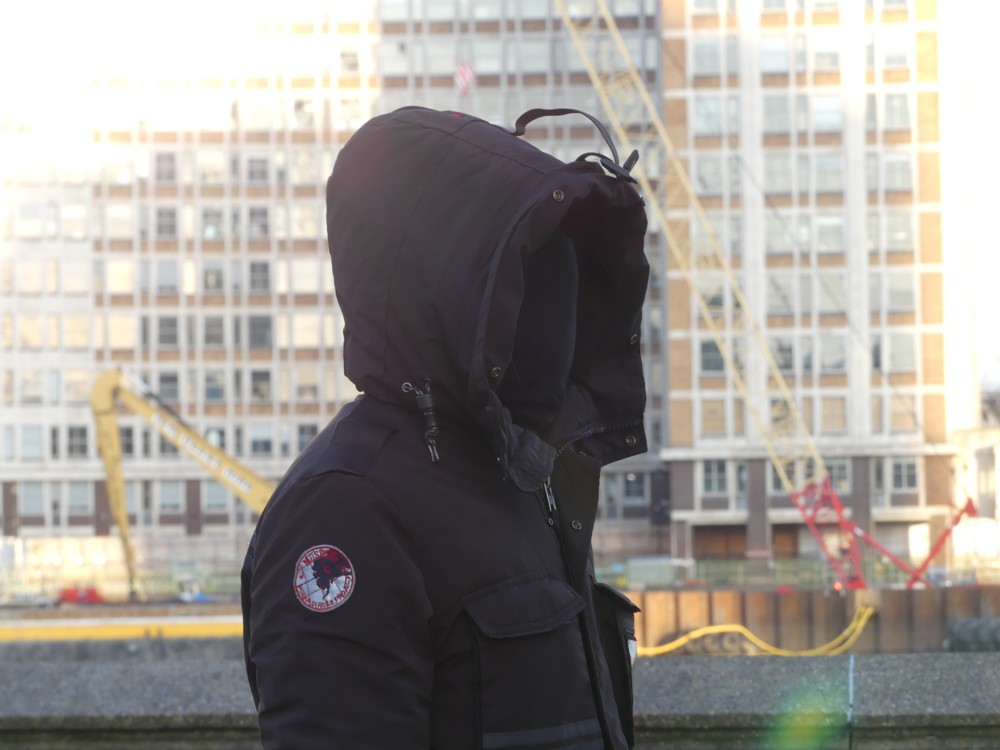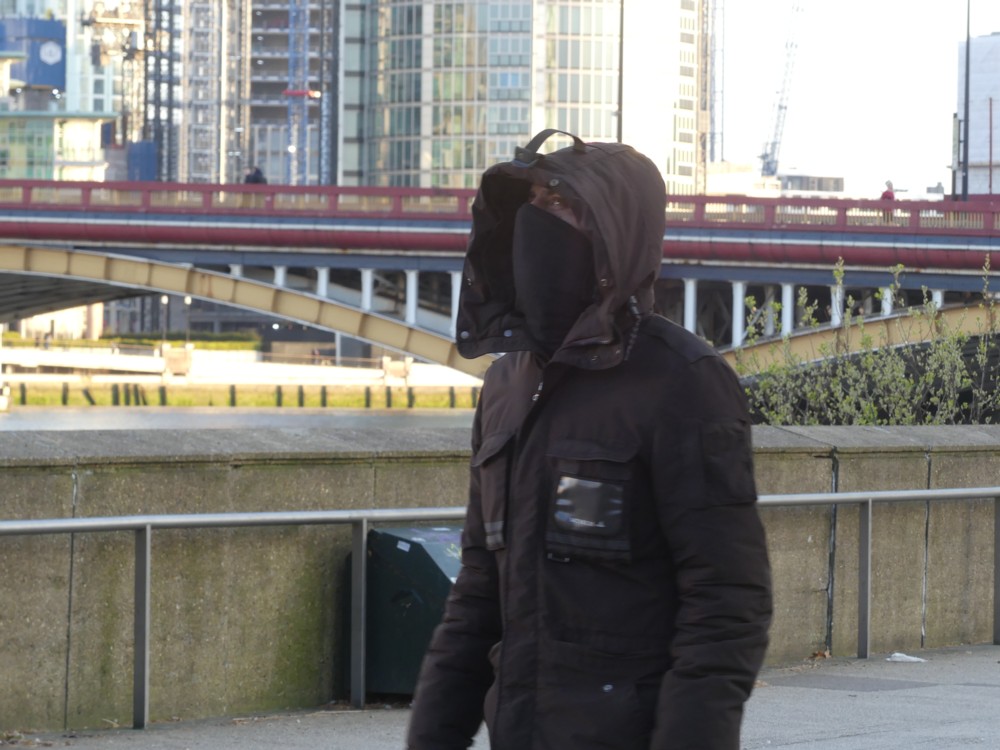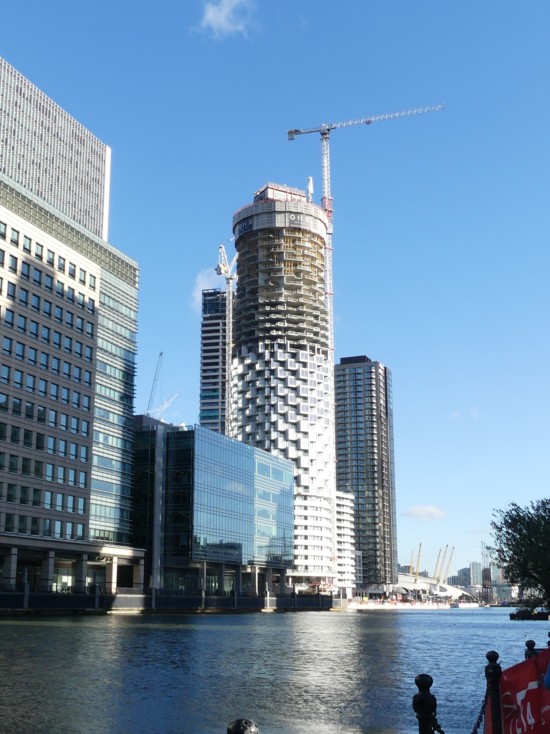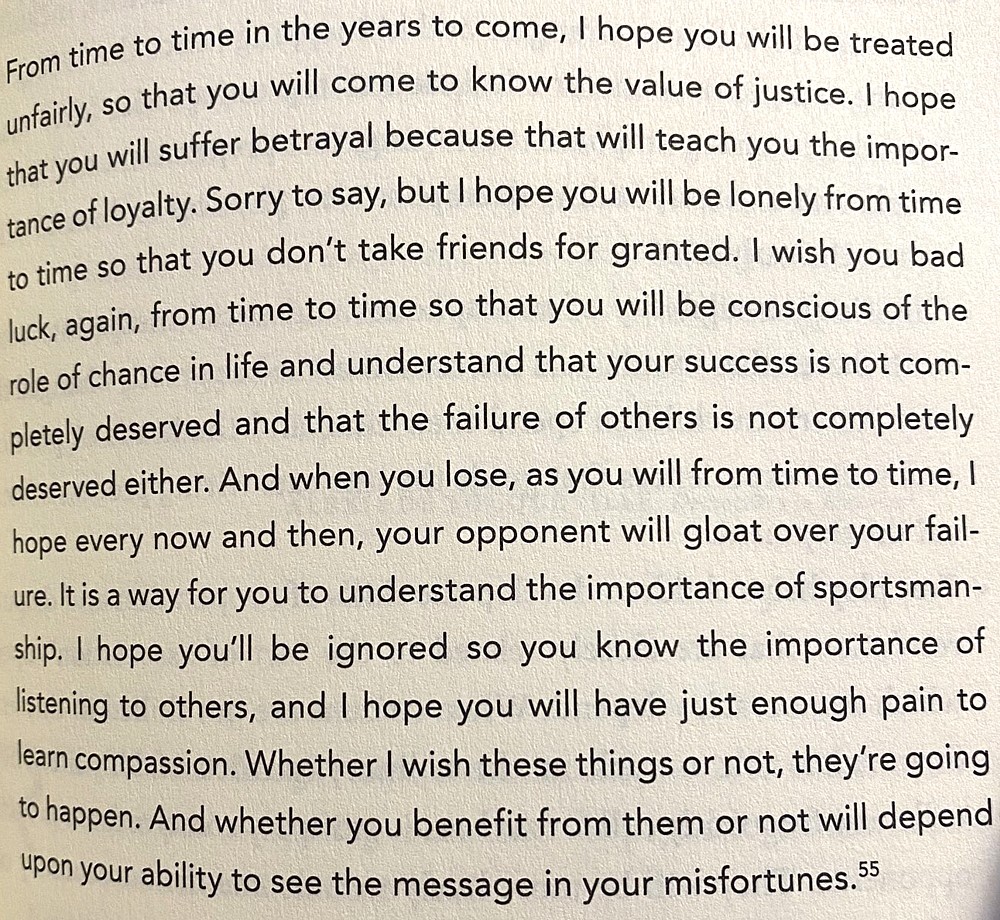You get the feeling that a certain New Statesman piece, written in June 2016, must have had a rather big impact on the life and career of its author. Here is what the headline above it said:
Calm down. Trump won’t be President – and Britain won’t leave the EU
The piece under that was written by Ian Leslie.
Here are a couple more headlines, that can be read above two more recent pieces by Ian Leslie, also in the New Statesman.
December 2019:
Political scientists talk about low-information voters, but too much information causes problems too
March 2020:
Society rewards bluffers, but now is the time to admit we don’t know what we’re talking about
The reason this posting is here rather than at Samizdata, which is the group political blog that I have contributed to a lot in the past and continue to contribute to rather less frequently, is that although I have noted the existence of these articles, I have not read all of them. I did read the first one, quite a while ago, but I’ve not read the other two. Before sounding off about all this on Samizdata I need to actually read what Leslie said, and in the case of the top one, read it again.
Two thoughts about this, in the meantime.
First, if my blog postings were gone through, heading by heading, I’m pretty sure that you could have plenty of this sort of fun with them. A difference between prominent and more mainstream opinionators like Ian Leslie, and me, is not that he’s often badly wrong, but I never am. It’s that his wrongness is more public than mine. Also, he’s paid to make a judgement. If I want to hem and haw and hedge my bets and sprinkle my blog postings with question marks, no editor tells me I’m paid to get off the fence rather than remain seated upon it.
I was also very surprised when Brexit won (I talk about this ten minutes into this conversation with Patrick Crozier), and when Trump won (see this blog posting).
Second, it is by being wrong that we often learn. This is a tedious American cliche, with “learning experience” often just being the American for a balls-up. But it’s a cliche because it is said so often, and it is said so often because it is often true.
You certainly get the feeling that Ian Leslie has at least tried to learn from his very public double error of June 2016. I don’t recall the details very clearly, but I do distinctly recall that Leslie’s first piece actually said quite a lot about why Trump won and Brexit won. He identified, that is to say, some relevant variables – degree of economic discomfort and indifference to grander political principles are two that I recall noting. He just got wrong how people felt about how these things mattered, in connection with Trump and with Brexit. He wasn’t wrong because he asked the wrong questions. He merely answered some right questions wrongly. He was half way there, in other words.
So, next step: read the pieces themselves. Remember: The biggest lies in the media are told by those who concoct the headlines. These are often not just wrong, but often immediately proved wrong by what is right underneath them.



